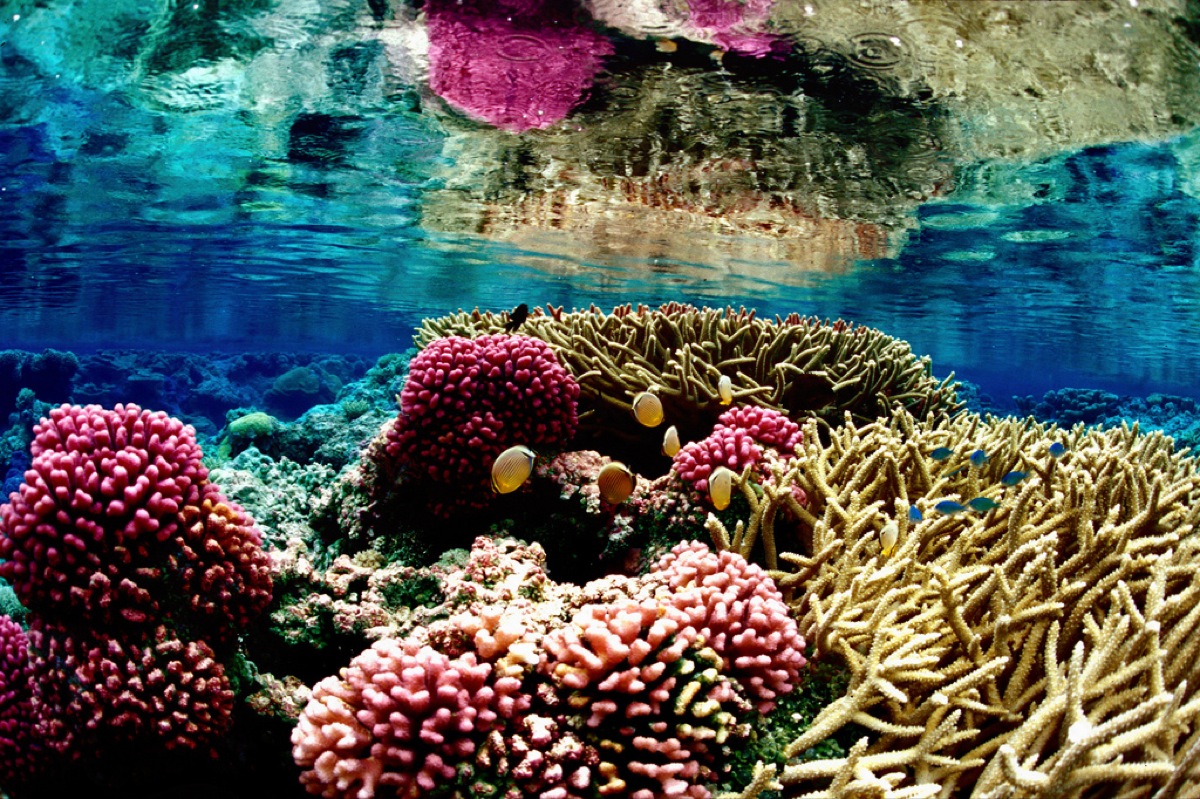The Local newsletter is your free, daily guide to life in Colorado. For locals, by locals.
What if just 15 minutes of your time could help scientists study wildlife, the ocean floor, or climate change? Well you’re in luck, because citizen science projects harness the power of everyday folks to collect data for researchers who are trying to understand the natural world. And since Coloradans are known for being an outdoorsy bunch, we are a perfect match for this locally-focused type of volunteerism. We’ve covered citizen science projects in the past, but here are three new ways to reawaken your inner geek.
Count roadkill—from your bike: Use the Roadkill Survey for Cyclists to report sightings on your rides. Just make a quick pit stop to snap a photo and record your location with the user-friendly app, and you can help scientists learn where and when animals get hit. Your data will help the University of California Davis Road Ecology Center help protect animals—and people—from the dangers of collisions. (Drivers, runners, and walkers can contribute data, too.)

Identify sea creatures: Miss the ocean because you live in landlocked Colorado? Take a virtual dive and help scientists identify ocean animals through the Seafloor Explorer Project. Marine biologists from the Woods Hole Oceanographic Institute dragged a camera behind a boat to snap millions of shots of the seafloor off the coast of the Northeast. Now, they need your help to sort through photos and identify everything from fish to tiny crustaceans. Those images will help train software that can perform the identification process automatically.
Record ice cover: Live near a neighborhood lake or pond? IceWatch USA needs your help recording when bodies of water freeze and thaw. Participation is easy, just sign up and pick a nearby stream, pond, or lake to observe regularly over the winter. Your data will help scientists understand how climate change is altering weather patterns, including ice cover, across the country. (As if Coloradans need another excuse to head outside.)
—Image courtesy of the U.S. Fish & Wildlife Service – Pacific Region.








